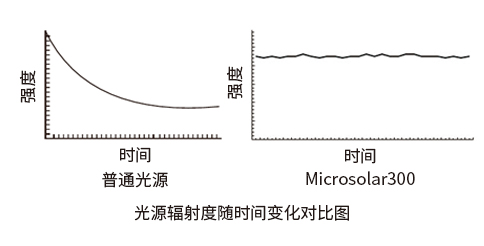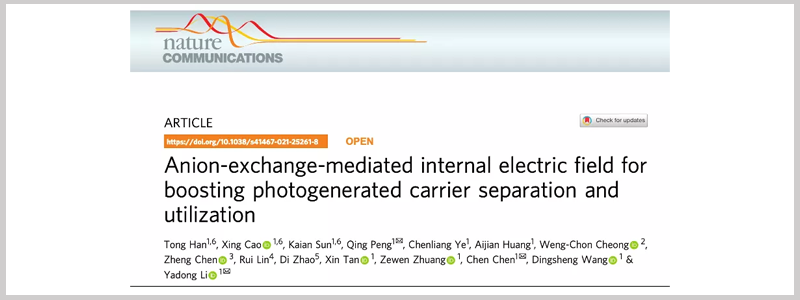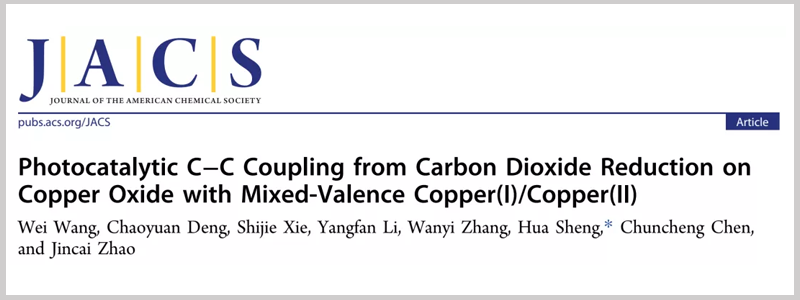● Features two operating modes: Constant illuminance output (light control) and constant current output (program control);
● Utilizes optical light feedback technology, ensuring long-term stable light intensity output;
● Equipped with an LCD display screen, showing relative irradiance values and bulb lifetime timing;
● Comes with various protective features including overload and overcurrent protection, delayed fan, and more.
▲ Particularly suitable ● Moderately suitable ○ Can be used
▲ Photocatalytic decomposition of water to produce hydrogen/oxygen (long-term) ▲ Photocatalytic full decomposition of water (long-term) ▲ Photoelectrochemical (PEC) experiments
● Photodegradation of gaseous pollutants (e.g., VOCs, formaldehyde, nitrogen oxides, sulfur oxides, etc.)
● Photodegradation of liquid pollutants (e.g., dyes, benzene, and related compounds)
○ Photocatalytic CO₂ reduction ○ Photosynthesis ○ Membrane photocatalysis ○ Photochromism
Microsolar300 Xenon Lamp Light Source, a product based on the core technology of Solar Simulator (TSCS) ceramic xenon lamp light source, makes experiments more accurate, reliable, and repeatable, improving comparability as well!
Microsolar300 Xenon Lamp Light Source offers a constant current output mode to ensure a consistent power supply. The built-in optical light feedback system adjusts irradiance intensity in real-time based on the set irradiance value when the constant illuminance output mode is activated, ensuring precise control within the specified value over a relative time, enhancing experimental accuracy.
Microsolar300 Xenon Lamp Light Source can achieve high-energy density and long-term continuous irradiation. Combined with various filter combinations, it can evaluate catalyst improvement in a narrow spectral range and overall catalytic effects. It can also be used with various reactors (systems) to perform online and offline analysis experiments in solid, liquid, and gas phases, expanding research beyond the Earth's atmosphere's solar spectrum.
Microsolar300 Xenon Lamp Light Source features a design that utilizes microprocessor technology and fully digital circuit management. The light output of this system can rotate 360° along the optical axis direction, allowing horizontal and vertical illumination of the xenon lamp light source. The highly concentrated xenon lamp light source box can meet the requirements for multidirectional illumination experiments in small spaces.
Microsolar300 Xenon Lamp Light Source has a comprehensive thermal management system. It adopts a new copper and aluminum combined heat dissipation structure, carefully optimized axial heat dissipation design, and combines multiple methods such as shutdown fan heat dissipation delay and temperature sensor monitoring control. It provides excellent heat dissipation, making the xenon lamp light source box compact and flexible, achieving excellent overall performance.
Microsolar300 Xenon Lamp Light Source, based on excellent heat dissipation design, effectively prolongs the xenon lamp light source's service life and improves its light emission efficiency. The accumulated usage time of the xenon lamp is displayed on the LCD screen.
Total Light Power
● 50 W, Visible region 19.6 W, UV region 2.6 W
Spectral Range
● 320~780 nm (expandable to 2500 nm)
With Filter
● UV region, visible light region, near-infrared region, and narrowband light
Light Source Divergence Angle
● Average 6°
Light Spot Diameter
● Depends on the distance, 30~60 mm
● Precise optical light feedback system for direct measurement of light output changes
● Long-term irradiance instability ≤±3% (8 h)
● Centralized digital power management control based on a microprocessor
● Real-time relative irradiance value display (relative value), timing function
● Lamp box - no high-voltage transmission characteristics for power connection cables, fan failure protection, fan shutdown delay, and automatic overload overcurrent protection
● A heat dissipation structure based on an integrated xenon lamp
Operating Modes
● Program control mode, light control mode
Current
● 21 A
Light Bulb (Consumables) Service Life
●>1000 h (meets the light intensity requirements under normal photocatalysis conditions)
Lamp Power
● 300 W
Power Adjustment Range
● 150 W~300 W
Power Ripple
● 200 mVp-p (peak-to-peak)
Power Ripple
● Digital current display

Representative References


